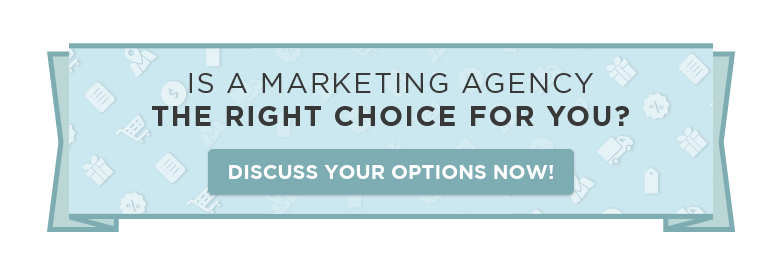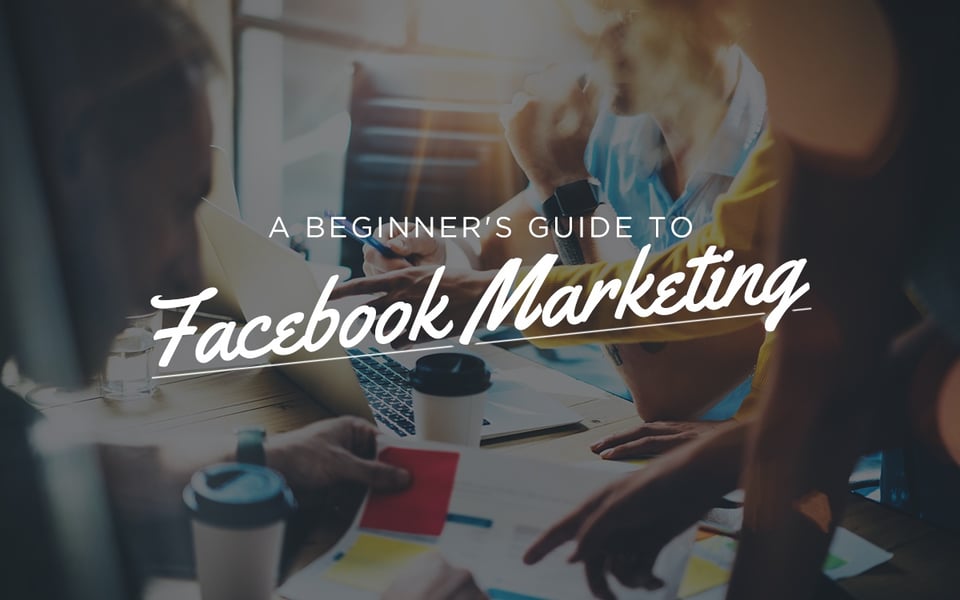 Facebook may have started as a invite-only strictly student network, but the company it is to today is a behemoth unparalleled in any other social media market. As of Q4 2016, there were 1.86 billion (yes, billion!) active users on Facebook, with 1.15 billion of those people accessing their accounts daily.
Facebook may have started as a invite-only strictly student network, but the company it is to today is a behemoth unparalleled in any other social media market. As of Q4 2016, there were 1.86 billion (yes, billion!) active users on Facebook, with 1.15 billion of those people accessing their accounts daily.
Needless to say, ignoring Facebook isn’t really an option for marketers—no matter the size of your company, or your target market—because almost every type of person in the world has access to it. But what does quality Facebook marketing even look like?
Not surprisingly, there are some key bits and pieces of marketing on Facebook every marketer should know before venturing into marketing on this social network for the first time. In this guide, we will detail for you the basic Facebook framework, tools and best practices you’ll need to be an effective Facebook marketer.
Facebook Marketing Tools
Facebook supplies its users with three different tools that prove very effective for marketers: pages, ads and groups. Each of these features had their own purpose and can be used separately, though using them together can help maximize reach.
PAGES
Facebook pages are basically just Facebook profiles for businesses, organizations and public figures. Where personal Facebook pages require a reciprocal relationship between users, pages can be liked by anyone without requiring the page owner’s acceptance, though users can like a page without following the content posted on it.
There are no limits to the number of likes a page can have—as opposed to personal pages, which only allow users 5,000 friends. Once a user likes a page, they receive automatic updates from that page in their news feed.
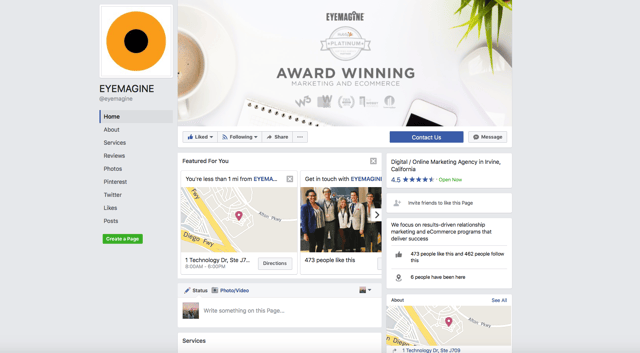 Facebook pages are convenient because they are free and easy to set up, though they can be difficult to build a fan base for if your business is new to Facebook and social media entirely.
Facebook pages are convenient because they are free and easy to set up, though they can be difficult to build a fan base for if your business is new to Facebook and social media entirely.
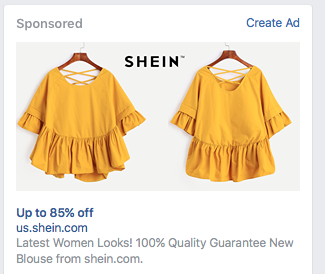 ADS
ADS
Facebook ads, which are sponsored (paid) promotions for your page or website, are a fantastic investment if you’ve got the money for them. Ads on Facebook can be targeted to specific geographic areas, ages, education level, and even device type—whether it is mobile or desktop, or anything in-between.
Facebook ads also give the users who see them the options to like the page of the company the ad is promoting right there within the ad—an opportunity to link back quickly to your Facebook page and build up the user fan base your page might otherwise lack.
GROUPS
Facebook groups are Facebook’s version of a discussion forum—a Facebook page that is consistently engaged with by users, including posts and ongoing discussions promoted by both group moderators and users.
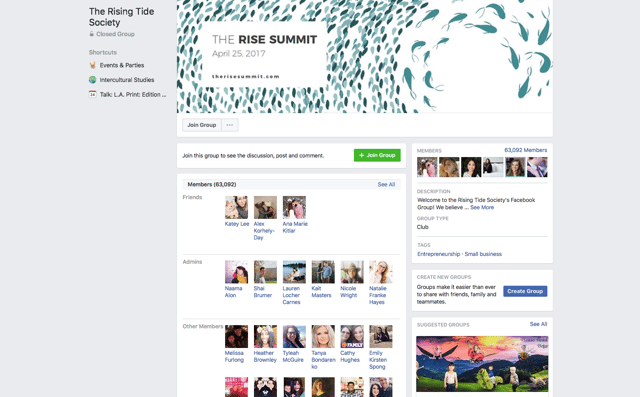
Creating groups related to your product or service industry is a great way to engage with potential customers for free, though the ongoing content management of a group can make them rather time consuming.
SEE ALSO: How to Use Facebook and Instagram to Help Your B2B Marketing
How to Set Up Your Pages
As pages are the simplest way to get started with Facebook marketing—they’re free, easy to set up, and flexible—understanding what it takes to create a successful Facebook page is where your Facebook marketing efforts should start.
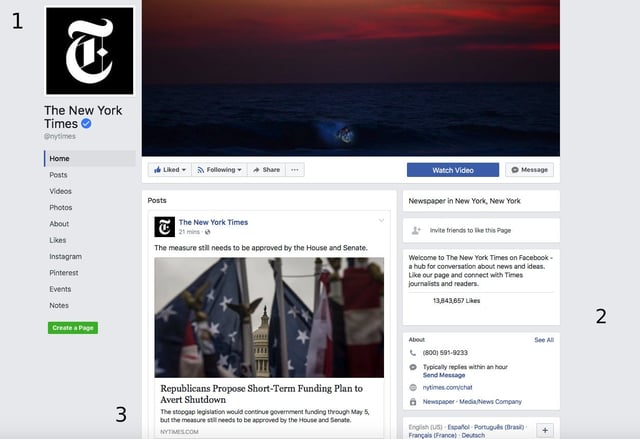
1. Set Up Your Profile Photo and Cover Image
Without a doubt, the best profile picture you can have is your logo. Your profile picture is the icon people will see every time you like, comment or share anything on Facebook—which makes your logo the absolute best choice.
As for your cover photo, depending on your business, your options are more diverse. Some companies choose to show pictures of their employees; others choose a nice, relevant piece of artwork with their company information included. No matter what you choose, make sure its something that is aesthetically pleasing that also draws the attention of your visitors.
2. Write Your “About” Section
The “about” section on a Facebook page shows up as one of the first things your customers see in the page sidebar—a brief blurb that continues to a fuller about page with a “see more” link. This is your opportunity to tell people what it is your business does.
While some companies choose to simply copy and paste the “about” section of their actual website, taking the time to rephrase or rewrite your content for the casual tone of Facebook can be useful—alongside filling out all the Facebook basic info data.
3. Post Useful Information to Your Wall
What you post on your wall will show up in the news feeds of all the people who like your page, along with posts from their friends and other pages they follow. Because people can mute you and your pages if they don’t like your content, posting quality content that your followers want to read is key.
Posting repeat content of the same things (or just too many updates) can annoy Facebook users following you—so be sure to only post valuable content. This can include:
- Links to content or blogs on your website
- Links to content related to your business or industry
- Limited time offers or sales your company is offering
- New product announcements
- And more!
Again: proving that your content is valuable to your customers is key here. The more they like what you post, the more likely you are to show up higher on their newsfeeds, which in turn leads to more engagement.
SEE ALSO: Social Proof: Why You Need It & How to Create It
Facebook Marketing: Do’s and Don’ts
While there are a lot of pieces that go into a wholistic facebook marketing campaign, there are some best practices that every marketer should be aware of. Keep these things in the back of your mind when building and implimenting your Facebook strategy to get the best results.
DO: Know your audience
.jpeg?width=410&name=AdobeStock_110816043%20(1).jpeg) As with any other form of marketing, knowing your audience is key to maximizing your Facebook marketing plan. While you may not have much information to go on at first, understanding Facebook demographics on top of your own usual brand intelligence on customer profiles will be useful for developing a sense of who your audience will be.
As with any other form of marketing, knowing your audience is key to maximizing your Facebook marketing plan. While you may not have much information to go on at first, understanding Facebook demographics on top of your own usual brand intelligence on customer profiles will be useful for developing a sense of who your audience will be.
From there, Facebook Audience insights can help you get a sense of the deeper details of your potential customers on Facebook. This will give you insights into information about entire groups of users on your page, including segmentations by age, gender, education, relationship status, location, language, and even purchase activity.
DO: Post your best content
Facebook content should include the very best of what your company has to offer, so as to best engage with your audience. Quality content is content that inspires responses, whether that be commenting, sharing, or participating in your share.
Having a mix of quality content, from multimedia to informational posts to even sharing what is going on at your company can all play a part in your Facebook posting strategy—just be sure to track your results and modify your strategy in accordance with what kind of posts do best for your followers.
DO: Be sure to respond
Facebook is a social network—which means that the primary goal of any content or posts on it is to initate conversations and connect people. If Facebook users who try to interact with your brand never hear back from you, you are failing at the “social” part of the social networking game, which will make followers leave your page to interact with someone else.
The best thing you can do here is reply, reply, reply. Adding value to your customers here just means taking the time to respond.
DO: Optimize your posting schedule
The best time to post content relevant to your users can vary depending on the kind of business you run. A company whose focus is on breakfast products might have an audience that would get more out of reading your content earlier in the day; one whose business is nightlife in a major city might not. Being aware of what works best for your audience is a key part of getting the most out of your posting schedule.
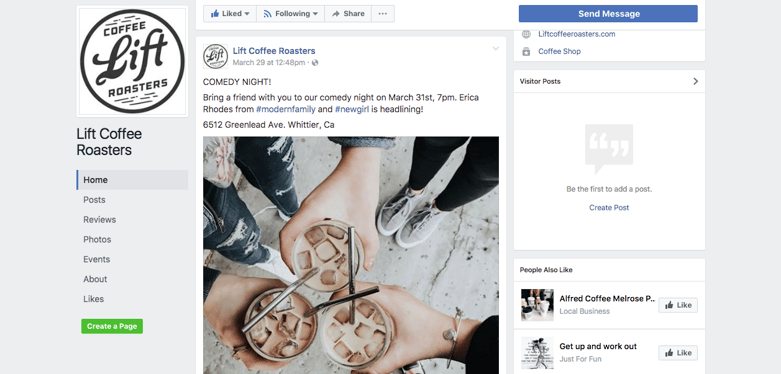
There has been research done that says the best time to post is between 1 and 4 pm for the best share and clickthrough rates—but tracking your data and followers is the best way to make sure you are posting when your audience will most likely see it.
DON'T: Focus on Selling
Facebook wants its users’ news feeds to be filled with likes, comments and shares, not sales pitches. As a business looking to build relationships with their followers, you should want that, too: those likes and shares help extend your reach and put your business in front of new potential consumers, as well as keeping you relevant and important to current customers.
DON'T: Make Assumptions
Never assume what will work best for your Facebook marketing strategy—track it. Learn what does best with your followers and customers, and then build a Facebook marketing strategy around it. Test your assumptions, then come back and analyze the data you recieve from it. This is the best way to be successful at any form of social media marketing, not just Facebook.
Final Thoughts
We here at EYEMAGINE believe everyone should have the tools to start an effective Facebook marketing campaign—even if we know a lot of people might need some help.
If you're looking for help implimenting the most effective marketing strategies for your business, contact us. We're happy to help.


